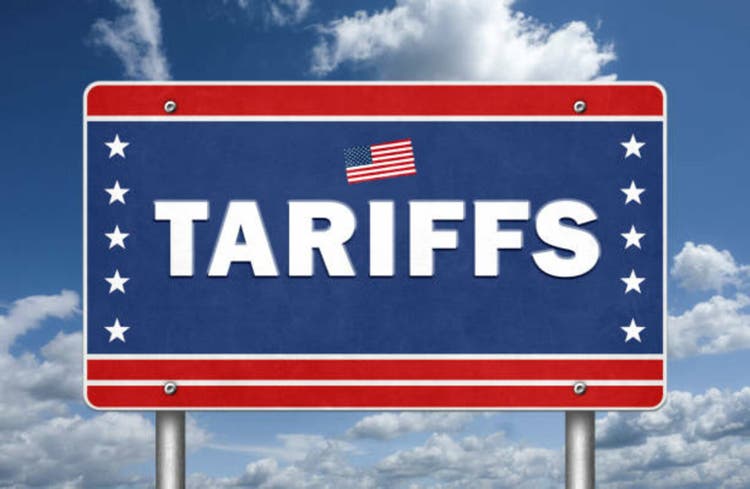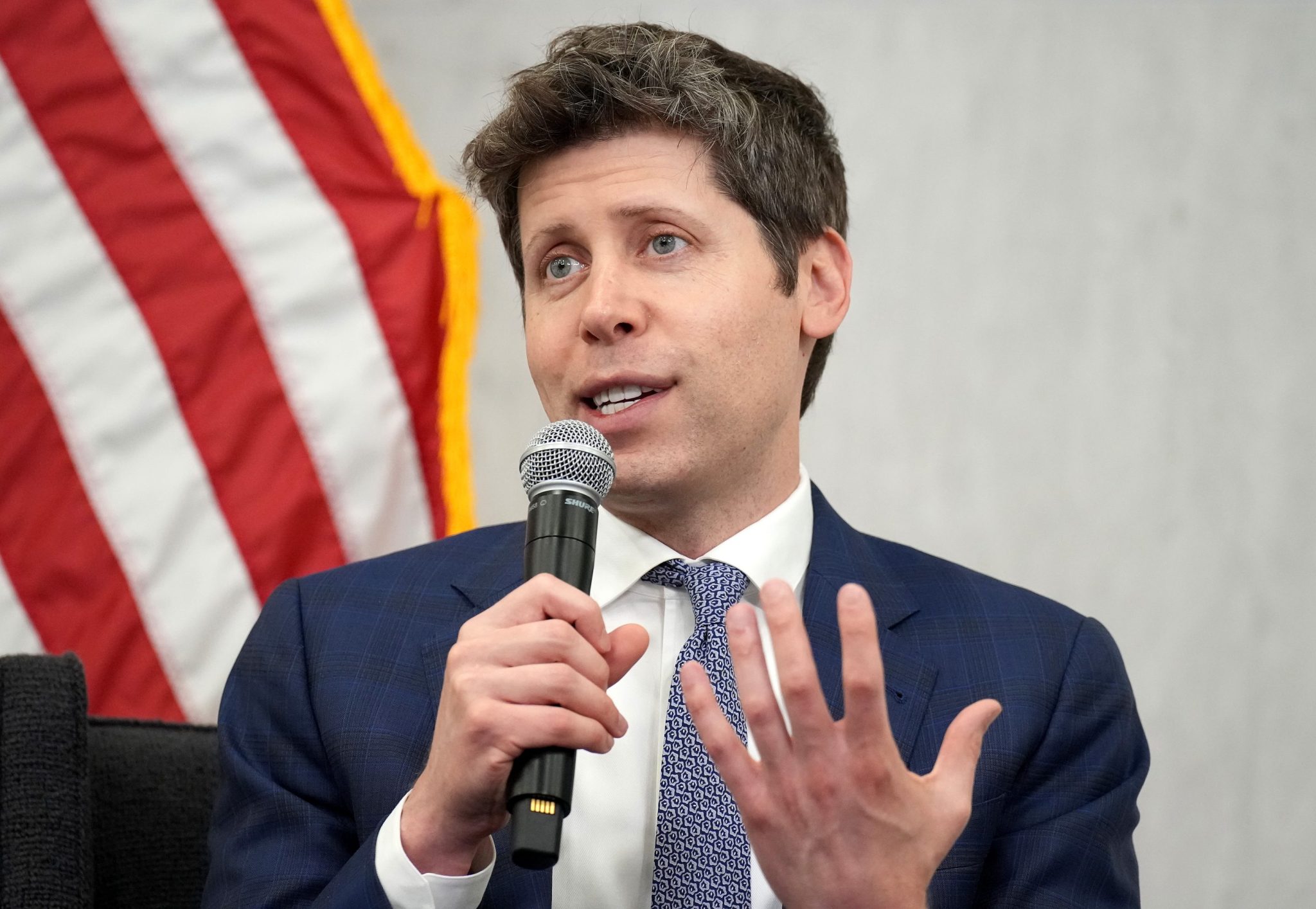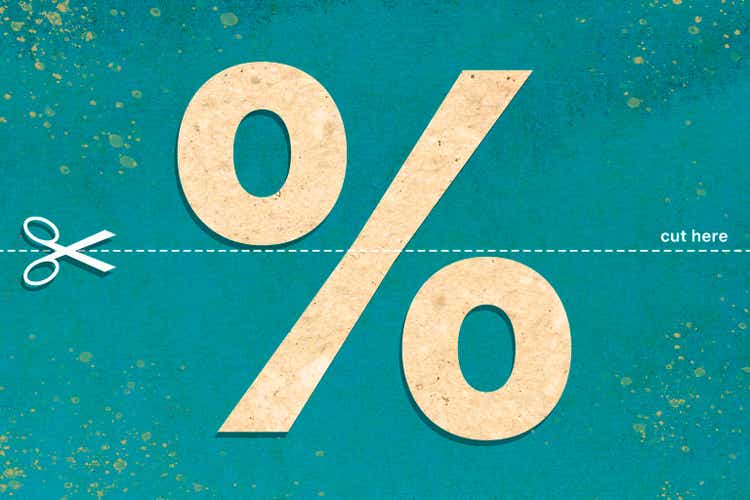 STOCK PHOTO | Image by jannoon028 from Freepik
STOCK PHOTO | Image by jannoon028 from FreepikDIGITALIZATION has changed the way Philippine banks do business, and the coronavirus pandemic helped speed up the online shift even among customers, pushing preference for real-time payments as a matter of convenience.
But the move towards the digital space has also forced them to go beyond traditional communication methods and customer service channels and tap social media to engage with current and potential future clients.
The 2025 Global Digital Report by consumer intelligence firm Meltwater and creative agency We Are Social said that Filipinos spend an average of eight hours and 52 minutes daily on the internet, ranking third worldwide and well ahead of the global average of six hours and 38 minutes.
Filipino internet users aged 16 and above also ranked fourth globally in terms of social media usage, spending an average of three hours and 32 minutes on social media daily, the report also showed.
For the banking industry, which is in the business of handling other people’s money, reputation is a key currency — and with the way social media platforms are built, one isolated incident or complaint can spread like wildfire in a matter of minutes and cause problems for these institutions.
The Bangko Sentral ng Pilipinas (BSP) is well aware of the double-edged nature of social media. In 2021, it released rules on reputational risks, requiring all its supervised financial institutions to immediately report any incidents that could potentially impact their financial standing and affect stakeholder confidence.
This includes any issues raised on social media platforms that may affect its stakeholders and “lead to a full-blown crisis if not responded to in a timely and effective manner,” the BSP added.
“The business of banking is based on trust and confidence. And you know how trust and confidence can be eroded. Let’s say, you publicize in social media that this bank was hacked. This bank was victim of a major security breach,” BSP Deputy Governor for the Corporate Services Sector Elmore O. Capule said in a recent interview.
“In banking, your reputation is everything. So, unlike before, it escalates over a period of time. Before, there was panic. Now, because of social media, practically, it’s instantaneous. Whenever we see, let’s say, there’s news that this bank was victimized, in a matter of few hours, if you’re monitoring social media, its expansion is geometric.”
Mr. Capule said this puts banks in a tight spot as the real-time nature of social media requires them to respond immediately.
“Unlike before, if something happens, the calibration time is longer to make a response. Now, it’s practically real-time. So, in order to protect their reputation, they have to be able to respond very fast. And in banking, reputation is everything. So, it’s a challenge,” he said.
“But for me, in banking, that’s a drawback. Because in banking, there has to be a response. Now if you start reducing the response time, then the effectiveness of our tools to prevent panic, et cetera, is severely degraded. Let’s say, there’s panic. By morning, there’s a bank run… So, how do we react? It degrades that reaction time. For me, that’s the major issue.”
With the rise of digital banking platforms, a social media-driven bank run can happen in a matter of hours as customers can withdraw their funds instantly.
“Imagine, in a traditional bank, we have panic. What do I do? I run to the branch, fall in line. If you’re a digital bank, or digital electronic transfers, I can do the withdrawals at midnight. It changes the equation,” Mr. Capule said.
“That’s the challenge, right? How fast can you respond to the depositors for them to calm down?… If a banking crisis will happen now, how fast can the bank respond and the government respond?”
Bankers Association of the Philippines (BAP) President and Bank of the Philippine Islands (BPI) President and Chief Executive Officer Teodoro K. Limcaoco shared the same concern, noting that misinformation and disinformation is easier than ever to spread via social media platforms.
“There’s the ability of information to spread faster than it normally would. It’s a negative because you need to correct misinformation. You have to correct things that are not quite accurate. You have to get to that faster than ever before. And social media is just so pervasive. Unlike before when it was traditional media, if there was something misprinted by mistake, it’s easy to go to one person and correct it. Social media, let’s say someone comes up with a wrong fact or puts up a wrong card and it spreads, even if you correct that card, it’s gone beyond it,” Mr. Limcaoco said.
On the flip side, social media is also a convenient tool for banks to reach a wider audience — whether it’s to promote their products and services, respond to concerns, or warn them of emerging threats.
“Social media seems to be one of the main channels that people receive information. So, for banks, whether it’s BPI or any responsible bank, we do use social media to educate our clients and to market our products,” Mr. Limcaoco said.
“When things like Facebook and social media were just beginning, a lot of the big companies actually paid very little attention to it. Traditional media was still the main way of communicating. Today, I think there’s an equal emphasis on traditional media and social media.”
On BPI’s part, Mr. Limcaoco said the bank uses various social media platforms and forms of content to appeal to different kinds of audiences, making sure to be both informational and entertaining to make even just the idea of financial services more accessible.
“It’s hard. It’s really trying to reach people and make sure they have the willingness to learn as well. We’re out there, BPI, the BAP, all the member banks, we all have some program on financial literacy. It’s just getting the people to accept it because it does take time. Would you go to school for financial literacy? Let’s say we wanted everyone to do cooking — some people just don’t see the interest,” he said.
“Many people don’t understand the need for financial literacy… It’s just a matter of people being willing to learn and seeing the need to learn.”
FINANCIAL SCAMS
Improving financial literacy has become especially important in the digital age, which has given rise to the proliferation of scams via online channels, highlighting growing cybersecurity risks in the industry.
The BSP earlier said that its supervised financial institutions lost P5.82 billion from cyberattacks in 2024, up 2.6% from the previous year. Top cybersecurity risks faced by the industry include phishing, “card-not-present” fraud, account takeover or identity fraud, and hacking.
A survey released by global analytics software firm FICO in May 2024 showed that Filipinos are most concerned about falling for financial scams amid the surge in real-time payments, with 35% of respondents saying their top worry is the risk of being tricked into sending money to criminals.
Meanwhile, concerns about identity theft also persist among Filipino respondents, with over 23% citing it as their top financial crime concern. This was followed by having a bank account taken over by a fraudster (16%), their credit or debit card being stolen and used (13%), their cash being stolen (8%), and fake online retailers and fake advertisement tricking them into buying goods that never arrive (6%).
Sumsub Asia-Pacific Vice-President Penny Chai said one of the most prominent types of fraud driven by social media is romance scams.
“Romance scams often start on social media, dating apps, or chat platforms, where fraudsters can create believable profiles, sometimes using deepfake photos or videos to appear real. Once trust is built, the fraudster can create an elaborate story, like a sudden medical emergency, to extract money from a smitten victim fast,” Ms. Chai said. “Romance scams alone are already incredibly damaging but what’s more troubling is that they are increasingly part of larger, organized fraud networks… Such incidents highlight how the issue is not just limited to financial crime but part of a larger problem of human exploitation.”
“Social media has also made it easier for criminals to recruit money mules, especially young adults and students. Targeted online with false promises of easy cash, they are tricked into handing over their bank or credit card accounts to be used for laundering illicit funds,” she added.
The growth of artificial intelligence (AI) technologies has also resulted in increasingly sophisticated cyberattacks, with fraudsters now using bots to scrape data from various sources to build fake identities, Ms. Chai said.
Laws like the Anti-Financial Account Scamming Act (AFASA), which was signed in 2024 and implemented earlier this year, aim to address the increase in cybercrime involving financial institutions.
Prohibited acts or offenses under the AFASA include money mule activities and social engineering schemes, mass mailers, or human trafficking, as well as other offenses such as opening a financial account under a fictitious name or using the identity or identification documents of another person.
Under the implementing rules of the AFASA released by the BSP, banks are allowed to temporarily hold funds which are the subject of disputed transactions for acts prohibited under the law.
“I think AFASA is a major step towards fighting cybercrime… AFASA gives us the leeway and gives the ability for customers to report quickly to the bank and puts the responsibility of the bank to act on it quickly. It gives us the ability to go to the recipient bank, meaning the bank of the scammer, and try to hold those funds and try to retrieve them. So, AFASA gives us some rights that we didn’t have before. And therefore, we just have to figure out how to operationalize it,” Mr. Limcaoco said.
“The problem with cybercrime is the money gets in and then gets pulled out right away. So, AFASA gives the receiving bank the ability to hold the money first. It doesn’t have to return it, but you hold it, so it doesn’t get lost. That’s a major step that as the receiving bank, I can hold it. If I think it’s suspicious, I can hold it, and without any fear, because it’s part of the law.”
KEEPING UP WITH DIGITALIZATION
As technologies continue to evolve, Philippine banks need to keep up to reap the benefits of digitalization while guarding against the accompanying risks at the same time.
BSP’s Mr. Capule said their risk management regulations require banks to put in place systems to protect themselves and their customers from potential threats, including those stemming from the use of social media and the industry’s ongoing digital shift.
Moody’s Ratings said they expect more Philippine banks to adopt AI solutions to comply with regulatory requirements.
“Like their global counterparts, Philippine banks are increasingly adopting AI — particularly machine learning — for fraud detection and transaction monitoring. These tools help flag suspicious activities, enhance customer due diligence and analyze historical transaction data to combat digital banking scams and identity fraud. However, adoption remains in the early to mid-stages, with most efforts focused on pilot projects in fraud detection and basic automation,” it said in an e-mail.
“In addition, banks face unique challenges. With over 14 types of acceptable identity documents in the Philippines, establishing a single authoritative identity source is difficult and complicates fraud detection. The prevalence of money mules — where account holders collude with bad actors — also makes traditional rule-based detection ineffective. These complexities make AI adoption essential.”
However, operational, structural, and regulatory issues continue to hinder widespread AI adoption in the Philippines, it said.
“Globally, governance is still catching up with the rapid evolution of GenAI (generative AI). To navigate these complexities, banks need multi-disciplinary teams spanning technology, governance, ethics, business and data science. Agility is key,” Moody’s said.
It added that banks should be strategic about their AI and technology investments to unlock these solutions’ full potential.
“Banks must be clear about when to build and when to buy, and budget accordingly. While GenAI proofs of concept can be created quickly, the final stages — evaluation, guardrails and testing — are where challenges can surface. As regulated entities, banks require deterministic outcomes (where an exact input must equate to an exact output), but GenAI’s probabilistic nature makes this challenging. Bridging this gap requires partnering with established organizations that have invested resources in solving these problems,” Moody’s said.
“Well-targeted tech investments can significantly boost banks’ performance. Those that invest in AI and digital tools can benefit from faster credit decision-making, better fraud prevention and deeper customer engagement, which improve efficiency and trust. Enhanced data capabilities also support financial inclusion by enabling banks to better serve underbanked populations… In a market with a saturated banked population and many underbanked individuals, AI is a key differentiator. Banks that embrace it will be better positioned to compete and grow.”
To help combat financial fraud, Sumsub’s Ms. Chai said Philippine banks should adopt a multi-layered approach that is adaptive as these threats also continuously evolve.
“As fraud becomes more organized, scalable, and sophisticated, with tactics like deepfakes, synthetic identities, and organized fraud networks, relying on a single point of defense like OTP (one-time password), is no longer viable. Replacing OTP with biometric authentication is becoming a critical layer of protection, offering stronger identity assurance and reducing friction for users,” she said.
“What’s needed is a multi-layered approach that looks at the bigger picture. It’s not just about verifying someone once but about understanding how users behave over time, spotting patterns by ongoing monitoring, and being able to act quickly when something feels off. This is especially important since most fraud (76%) happens after the KYC (know your customer) process.”
Having these measures in place will help build Filipinos’ trust in the digital economy and make them less vulnerable to fraud, Ms. Chai added.
The AFASA’s implementing rules require banks to have a fraud management system for monitoring and flagging suspicious and fraudulent transactions.
Mr. Capule acknowledged that these systems can be expensive. “But that’s the cost of doing business,” he said.
All in all, these regulations will help ensure the stability of the Philippine financial system as the industry continues to evolve — and even with the threat of technology-driven bank runs, Mr. Capule said.
“Definitely, we have a lot of systems in place… But of course, we haven’t tested it yet. Thankfully, not yet. We’re looking at when we’ll have a major bank run… So, hopefully, the system is in place. But of course, if it happens, it’s the first time we’ll see it.” — Aaron Michael C. Sy

 2 days ago
1
2 days ago
1

















 English (US) ·
English (US) ·